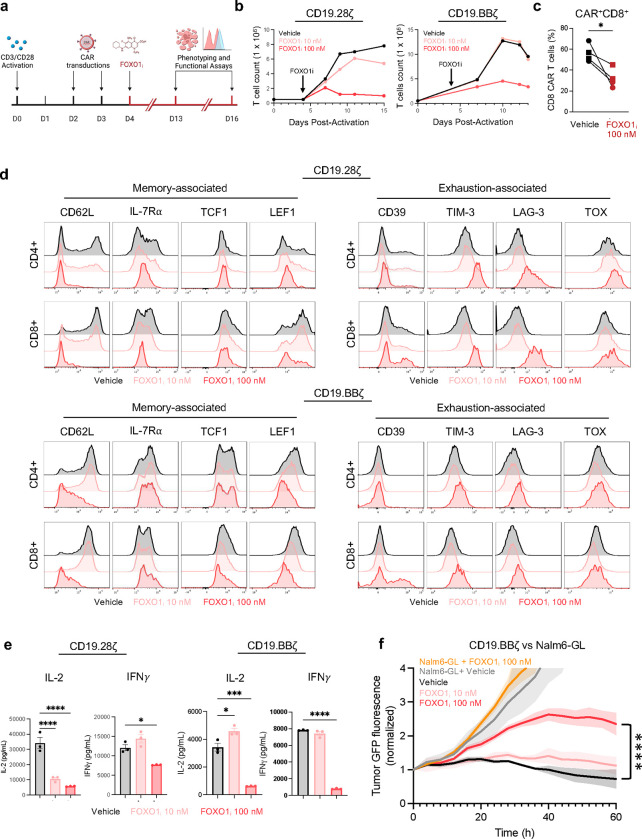Extended Data Fig 1: Pharmacologic inhibition of FOXO1 impairs expansion, formation of a memory phenotype, and function in CD19.28ζss and CD19.BBζ CAR T cells.
CAR T cells were treated with DMOS (vehicle, black) or 10nM (pink) or 100nM (red) of the small molecule inhibitor AS1842856 (FOXO1i) starting on day 4 post-activation and treated every 2–3 days thereafter. Phenotypic and functional assays were performed between day 13 and day 16. a, Schematic of FOXO1i experimental model. b, T cell expansion kinetics of CD19.28ζ (right) or CD19.BBζ (right) CAR T cells. c, Percent CD8+ cells in CD19.28ζ and CD19.BBζ CAR T cells (n = 2 donors for CD19.28ζ, circles, and CD19.BBζ, squares). d, Expression of memory- (left) and exhaustion-associated markers (right) on CD19.28ζ (top) and CD19.BBζ (bottom) CAR T cells. Histograms from a representative donor are shown. e, IL-2 and IFNγ secretion from CD19.28ζ (left) and CD19.BBζ (right) in response to Nalm6 leukemia cells. Graphs show mean ± s.d. of triplicate wells from a representative donor (n = 2 donors). f, Cytotoxicity of CD19.BBζ CAR T cells (1:1 E:T, normalized to t = 0). Graph shows mean ± s.d. of triplicate wells from a representative donor (n = 2 donors). c, Paired two-sided student’s t-test; e, 1-way ANOVA with Dunnett’s multiple comparisons test; f, 2-way ANOVA with Dunnett’s multiple comparisons at t = 60 hours. *, P < 0.05; ***, P < 0.001; ****, P < 0.0001.

